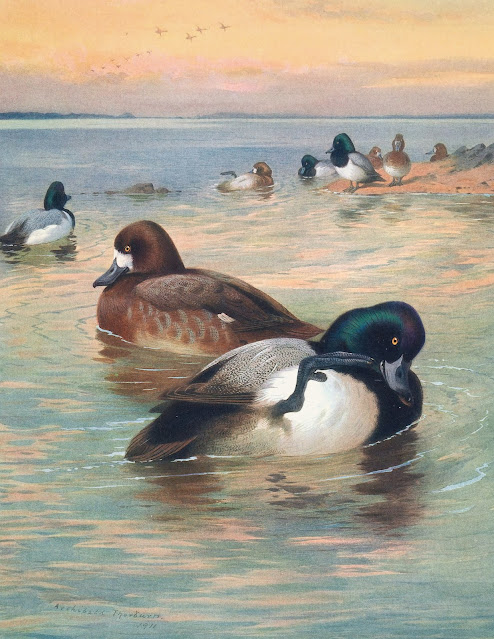There are still three yearlings visiting my garden regularly, presumably all female. They are all easily recognised. This one has long black socks, good fox-red colour and no obvious scars.
Her sister previously had a notch in her left ear and now also has a big scar on her forehead.
One night she was suddenly on alert.
And moments later she was flattened in a submissive posture as her father, the alpha male, had arrived. She didn't stick around.

The third yearling is smaller than the others, paler in colour and is very timid. It collects one peanut at a time from near the back door and runs back for 5-10m to eat it, a very inefficient way of eating. Two nights ago I saw this fox chased out of the garden by the alpha male who then came over to eat. If he wanted access to the peanuts all he had to do was walk up so he may have been trying to move the yearling out of the territory. No wonder it is nervous but it was back again last night.
This is the dog fox, in his second season as the alpha male. He is quite jumpy and spends most of his time gazing at the light while eating.
He is a handsome chap but is missing a left upper canine.
And this is the alpha female with her crooked smile, half-closed eyes and sticky-out ears, looking a bit like Yoda from Star Wars. She is in her third year as the dominant vixen and is much more laid-back than her mate.
I last saw her about 10 days ago when she looked as though she was carrying cubs. I expect by now they have been born, which is why she hasn't been back to the garden.














































